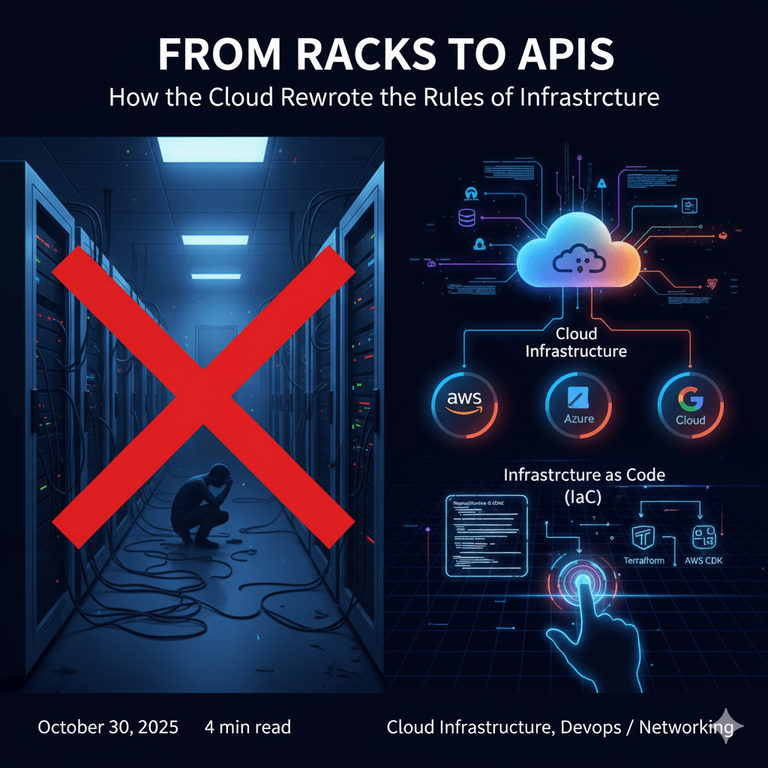The Full-Stack Frontend: How We Build Modern, High-Performance Web Apps
From AI interfaces to enterprise CRMs, the game has changed. Discover how we leverage Next.js, React 19, and a server-centric approach to build faster, more robust, and highly interactive applications.

The modern web is no longer a collection of static pages; it's a universe of dynamic, data-driven experiences. As a developer who has built everything from lightning-fast marketing websites and sales funnels to complex AI RAG UIs and enterprise-grade CRM applications, I've seen a fundamental shift in how we build for the web.
The line between frontend and backend is blurring. With frameworks like Next.js and the groundbreaking features in React 19, we can now architect applications that deliver the instant-loading feel of a static site with the dynamic power of a server-rendered application. This isn't just an incremental improvement; it's a new paradigm.
Here’s a look at the core concepts we use to deliver performance, scalability, and a superior user experience across all our projects.
1. Choosing the Right Rendering Strategy: SSR & ISR
Before a single line of code is written, we decide how the user will receive the page. This is no longer just a choice between client-side or server-side.
Server-Side Rendering (SSR): For dynamic, data-heavy applications like a CRM or an AI RAG UI, SSR is our go-to. The page is generated on the server for every request, ensuring the user always sees the most up-to-date information. This is perfect for dashboards where data freshness is critical.
Incremental Static Regeneration (ISR): For marketing websites and sales pages, speed is everything. ISR allows us to pre-render pages at build time (like a static site) but automatically re-generate them in the background at a set interval (e.g., every 10 minutes). The result is the instant-load speed of static with the ability to update content without a full redeployment.
// Example of ISR in a Next.js Page Route
// pages/products/[id].js
export async function getStaticProps({ params }) {
const product = await getProductFromDatabase(params.id);
return {
props: { product },
revalidate: 600, // Re-generate this page at most once every 10 minutes
};
}2. The Game Changer: React Server Components (RSC)
This is perhaps the most significant shift in React's history. Server Components are components that run exclusively on the server.
Why does this matter?
- Zero Client-Side JavaScript: If a component doesn't need to be interactive (e.g., displaying text or data), it sends zero JavaScript to the browser. This drastically reduces bundle sizes and improves initial page load times.
- Direct Data Access: Server Components can directly and securely access databases, internal services, or files on the server. No more writing separate API endpoints just to fetch and display data.
For an AI RAG UI, we use Server Components to perform the initial vector search and fetch the context documents on the server. The client receives only the fully-prepared HTML, making the application feel incredibly responsive.
Code Example: A Server Component Fetching Data
// app/dashboard/page.tsx - This is a Server Component by default in Next.js
import db from './lib/db';
async function getCompanyData() {
// 1. This code runs ONLY on the server.
// 2. No need for a separate /api/company-data endpoint.
const data = await db.company.findFirst();
return data;
}
export default async function DashboardPage() {
const company = await getCompanyData();
return (
<main>
<h1>Welcome, {company.name}!</h1>
{/* This component is rendered to HTML on the server */}
{/* and sent to the client with zero JS for itself. */}
</main>
);
}3. The Future of Interactivity: React 19 & Server Actions
While RSCs handle the "view," Server Actions, stabilized in React 19, handle the "do." Server Actions are functions that you can write directly inside your components and execute on the server in response to a user interaction, like a button click or form submission.
This completely revolutionizes how we handle mutations and server-side validation.
In the past, building a simple contact form for a sales funnel required:
Client-side state management (loading, error, success).
An onSubmit handler to fetch an API endpoint.
A separate API route (/api/contact) to validate and process the data.
Now, we can do it all in one place, with React 19's new useFormStatus hook providing seamless pending states.
Code Example: A Form with Server-Side Validation
// app/contact/page.tsx
'use client'; // This component needs interactivity, so it's a Client Component.
import { useFormState, useFormStatus } from 'react-dom';
import { submitContactForm } from './actions'; // The Server Action
const initialState = {
message: '',
};
function SubmitButton() {
const { pending } = useFormStatus();
return (
<button type="submit" disabled={pending}>
{pending ? 'Submitting...' : 'Submit'}
</button>
);
}
export default function ContactForm() {
const [state, formAction] = useFormState(submitContactForm, initialState);
return (
<form action={formAction}>
<input type="email" name="email" required />
<textarea name="message" required></textarea>
<SubmitButton />
{state?.message && <p className="error">{state.message}</p>}
</form>
);
}
// app/contact/actions.ts - This file runs ONLY on the server.
'use server';
export async function submitContactForm(prevState, formData) {
const email = formData.get('email');
const message = formData.get('message');
// Server-Side Validation
if (!email || !message || !email.includes('@')) {
return { message: 'Invalid data. Please try again.' };
}
// Save to database or send email
await saveToDb({ email, message });
// Redirect or show success message
return { message: 'Thank you for your submission!' };
}The Unified Architecture
By combining these technologies, we create a powerful, unified architecture:
- Static/ISR for content-heavy marketing and company sites.
- SSR for real-time dashboards in CRMs and AI apps.
- React Server Components to fetch and render non-interactive data with zero client-side footprint.
- React 19 Server Actions to handle all mutations and forms with built-in pending states and server-side validation.
This modern approach allows us to build products that are not only faster and more scalable but also simpler to develop and maintain. We're delivering the fluid, interactive feel of a single-page app with the performance and robustness of a server-rendered world.
More Info:
Learn about Next.js App Router
Explore the new features in React 19





